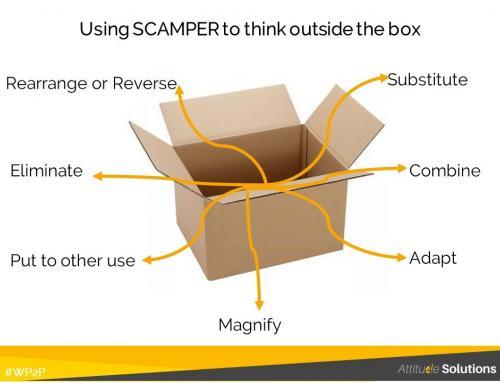Organisations speak, quite rightly, about how their people are their most precious resource and how their management place a high priority on their people. Some even write about it in their formal publications.
Their senior managers worry about how they can fit their ‘People management and team leadership’ responsibilities into calendars that are already crammed with conflicting priorities.
Their HR Department and Change Management project leads nod sagely and speak eloquently about the need to bring their people along with them on the journey, the need to engage their people more fully in the purpose of the enterprise.
Truth is – most organisations seem to understand how important employee engagement is but don’t seem to understand how to create workplace excellence through employee engagement. Many see it as another project or initiative that would be ‘Nice to do’ but can’t be shoehorned in to the schedule right now. For many it remains an aspiration rather than a reality.
Of course, there are some Star Workplaces that shine as beacons of excellence in the business landscape.
Now, I don’t claim for one moment to have all the answers, and this post is not the place to go into yet another white paper on the subject. I do, however, know a little and work with a lot of clients who are well ahead of the curve on employee engagement.
So, with this in mind, here are just 2 things that I have noticed that Star workplaces with high ratings for employee engagement and satisfaction have in common – no matter how big or small they are as a business unit.
1: Engagement is built into the DNA of the business. It is not ‘Something else we do to/for our employees’; it is rather ‘How we do things through our employees’. BIG difference!
Examples include:
In a 60 person advertising agency client: The main reception desk area is decorated with the paraphernalia of recent charity fund raising endeavours by the staff. Muddy bicycles hung on the wall, sweaty t-shirts and photos of red, puffy, sweaty smiling faces….. all arranged by the staff themselves. It speaks volumes about the quality of the people in the business.
In a multi-million dollar corporate client: ALL the managers are expected to schedule, protect and demonstrate precious time in their crowded calendars for direct report coaching, mentoring and development – and their people rate them on the support they provide throughout the year. Compare that with the multitude of organisations where managers reschedule then rush through one appraisal meeting a year.
2: Management understands and facilitates the informal communication channels that their people use to facilitate teamworking and knowledge sharing within an often matrix-managed and distributed workforce.
I know of many examples where these ‘back-channels’ are not seen as subversive but as highly facilitative. Examples where the senior team invests resource into measuring and strengthening these ‘social media’ type collaborative platforms rather than insist that the rigid corporate information management systems be enforced.
These are but 2 overarching examples. I hope they provide food for thought if not for contribution here.



Leave A Comment